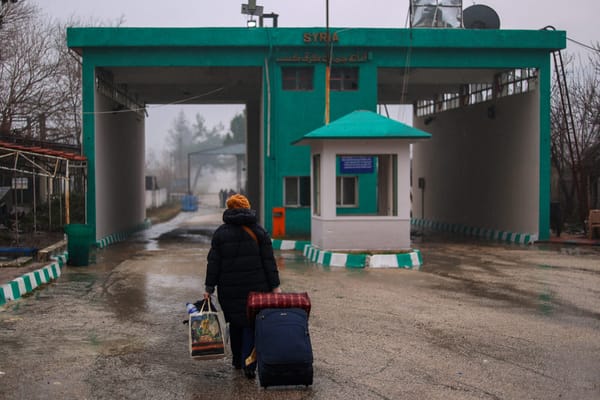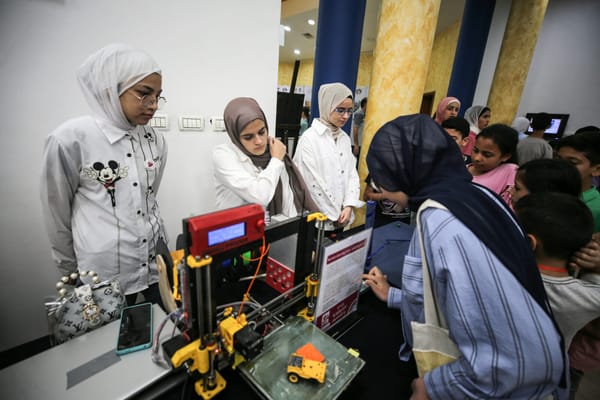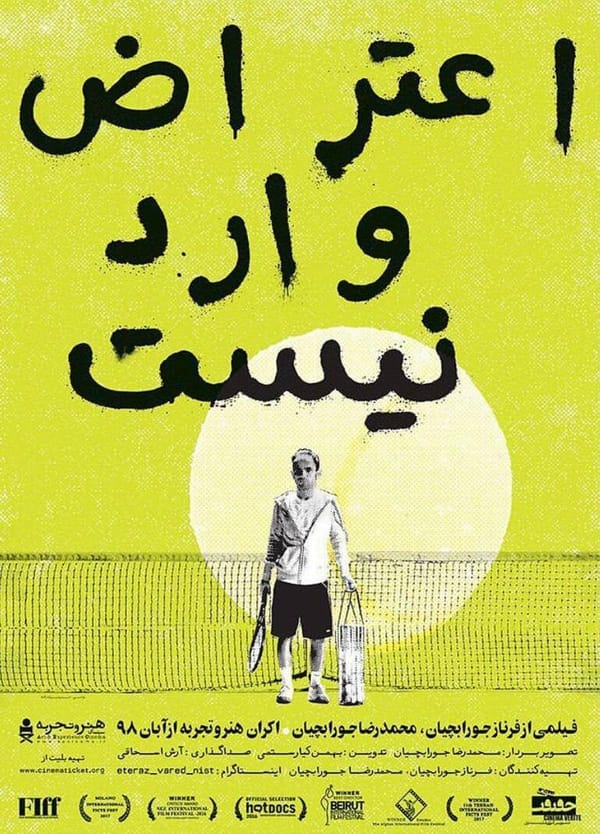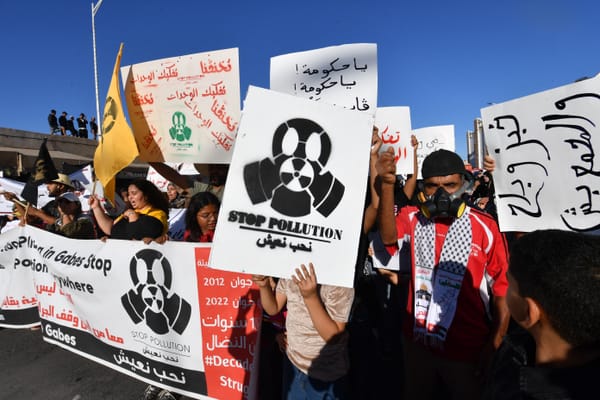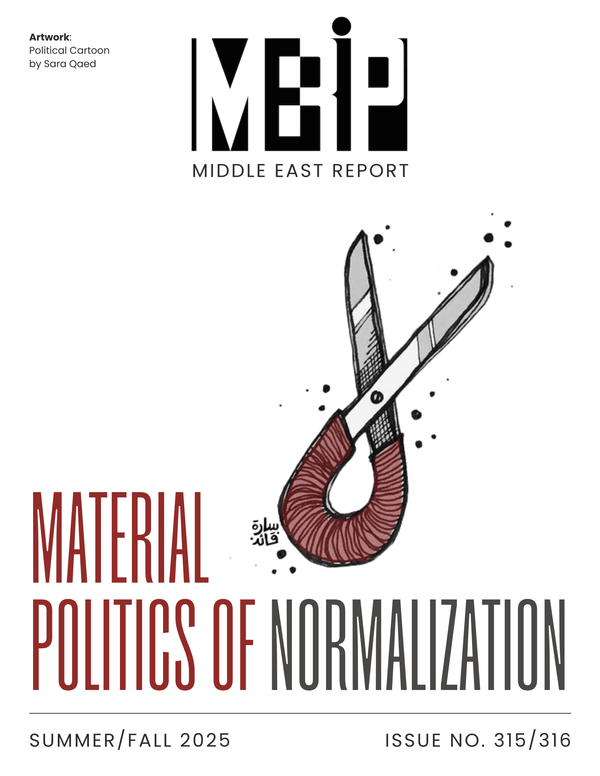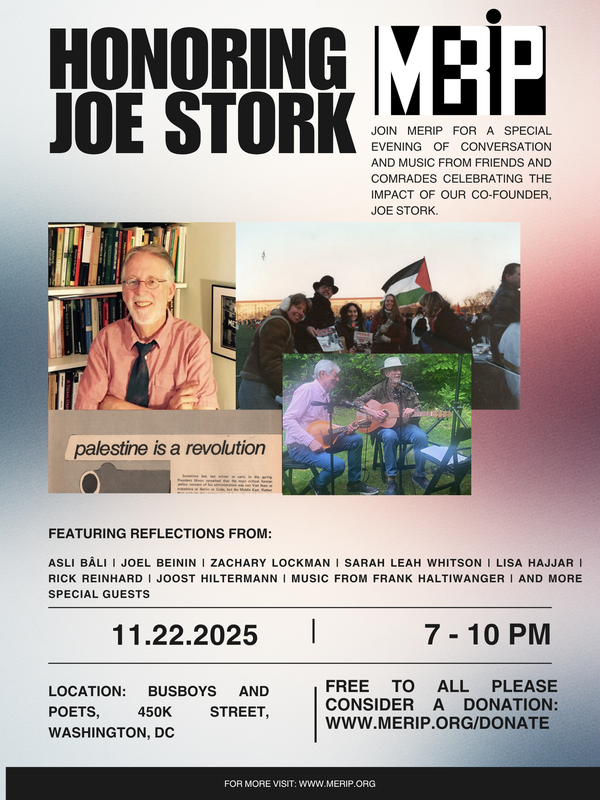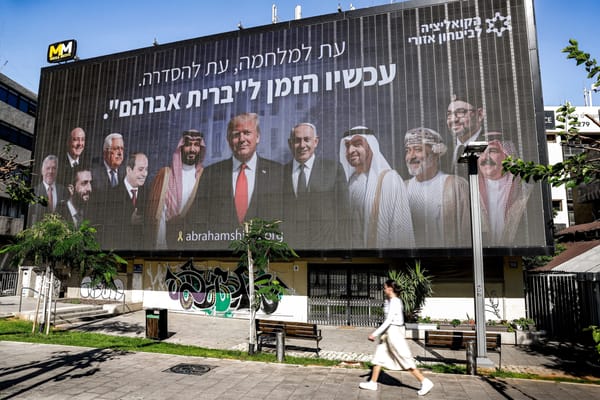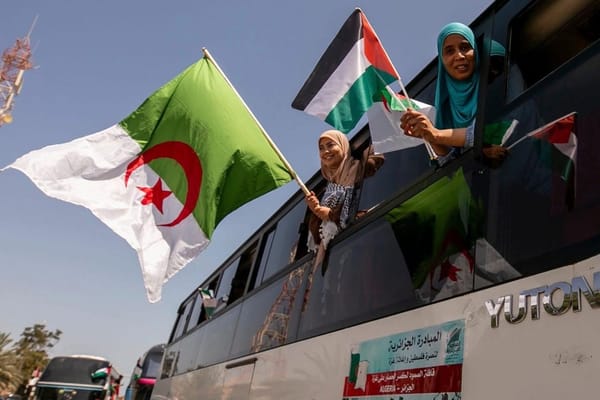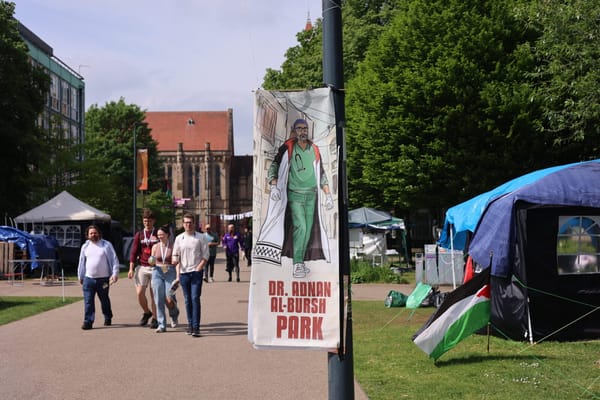Keddie and Hooglund, The Iranian Revolution and the Islamic Republic
Nikki R. Keddie and Eric Hooglund, eds., The Iranian Revolution and the Islamic Republic (Washington, DC: Middle East Institute, 1982).
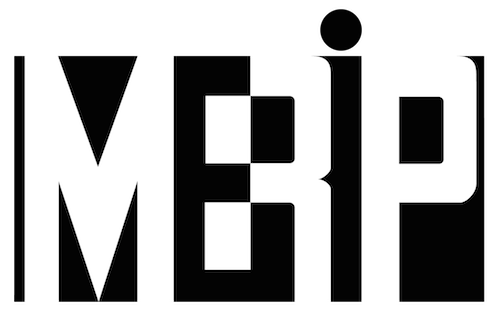
Nikki R. Keddie and Eric Hooglund, eds., The Iranian Revolution and the Islamic Republic (Washington, DC: Middle East Institute, 1982).
This collection starts with a useful historical overview by Nikki Keddie that contrasts the 1906-1911 and 1978-1979 revolutions. The most interesting section is that dealing with “the revolutionary clergy”: Sharough Akhavi discusses the periodization of the Iranian revolution and maps the positions of prominent ayatollahs on particular economic and political issues. Eric Hooglund focuses on the social background and political attitudes of the clergy, and Gregory Rose describes the growing factionalism within the Central Council of the Islamic Republic Party and the dominance of the Maktabi group. Elsewhere, Erika and Reinhold LoeffLer’s case study of the changes after the revolution in the rural areas of Kuhghiluye and Boir Ahmad is quite informative. In her fresh analysis, Azar Tabari discusses the failure of the left opposition to understand and take seriously Islamic politics and Khomeini’s ideas, both on the theoretical and practical levels. Hooglund’s paper represents an attempt in this direction, and Ferdow’s paper exploring Shariati’s and Khomeini’s ideas on women provoked some interesting discussions.
—Iraj Imam-Jomeh
